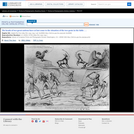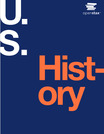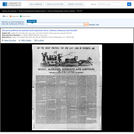
A virulent attack on the four conservative Rhode Island legislators who broke with the Law and Order Party to support a Democratic movement to free imprisoned radical Thomas Wilson Dorr. (On the Dorrite Rebellion see also "Trouble in the Spartan Ranks, Tyrants Prostrate Liberty Triumphant," and "The Four Traitors, Who Most Infamously Sold Themselves," nos. 1843-6, 1844-19, and 1845-4). The broadside's text comes from a July 1845 letter from John Whipple, a prominent Providence, R.I., Whig, assailing the "cold-blooded treachery" of Charles Jackson, Samuel F. Man, James Fowler Simmons, and Lemuel H. Arnold in their support of the "liberation" ticket in the spring elections of 1845. Whipple alleges political opportunism and personal ambition as their motive, and offers a lengthy rebuttal to aspersions cast on his own political character by Lemuel Arnold. He also compares Lemuel Arnold to Revolutionary War traitor Benedict Arnold. The woodcut illustration shows a chariot drawn by Cerberus, the three-headed hound of hell, and by a cow with the head of Thomas Wilson Dorr. Driving the chariot is a bespectacled demon with the legs of a goat. Entwined about his body is a snake, and he wields a whip and a pitchfork. The demon is probably James F. Simmons, who was elected governor on the Democrats' liberation ticket. His tail is grasped by Lemuel Arnold, who sits behind him holding a staff with a banner "Office." Behind Arnold sit three other figures: a woman (indicating the prominence of women in the Dorrite cause), a man blowing a horn (another conspirator?), and a uniformed officer, either Napoleon Bonaparte or Benedict Arnold. On the back of the chariot rides a man with a bottle in his pocket, waving a newspaper, the "Tribune," and a stovepipe hat. This may be Horace Greeley, editor of the New York "Tribune," although his usual alignment with the Whigs makes his role here questionable. Below the image are the quotations, "We stoop to Conquer" and "Better to reign in Hell than serve in Heaven" (Satan's famous remark from "Paradise Lost)." The chariot is decorated with snakes and a shield and anchor with a death's head on the central panel. The unidentified publisher of the broadside adds, in a colophon, "I have been at considerable trouble, in obtaining a drawing and engraving of "The Worthies;" and would particularly inform my friends, that I shall ever consider myself alone, personally, responsible for all that I shall publish . . . ." Although Marvin Gettleman, in his study of the Dorrite rebellion, dates the broadside March 1845, Whipple clearly states in his letter, "it is now July."|Title appears as it is written on the item.|Gettleman, p. 171n.|Published in: American political prints, 1766-1876 / Bernard F. Reilly. Boston : G.K. Hall, 1991, entry 1845-5.
- Subject:
- History
- U.S. History
- Material Type:
- Diagram/Illustration
- Primary Source
- Provider:
- Library of Congress
- Provider Set:
- Library of Congress - Cartoons 1766-1876
- Date Added:
- 06/08/2013
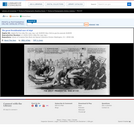
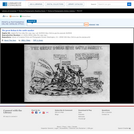


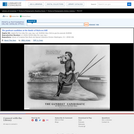
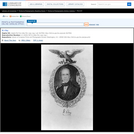

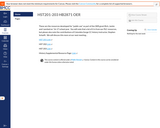
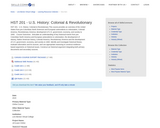
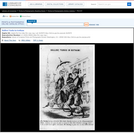
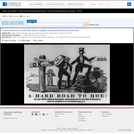
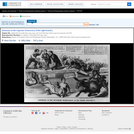
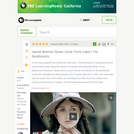
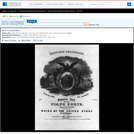
![["Harrison & Tyler" Campaign Emblem]](https://img.oercommons.org/160x134/oercommons/media/upload/materials/screenshots/materials-course-76001.png)

